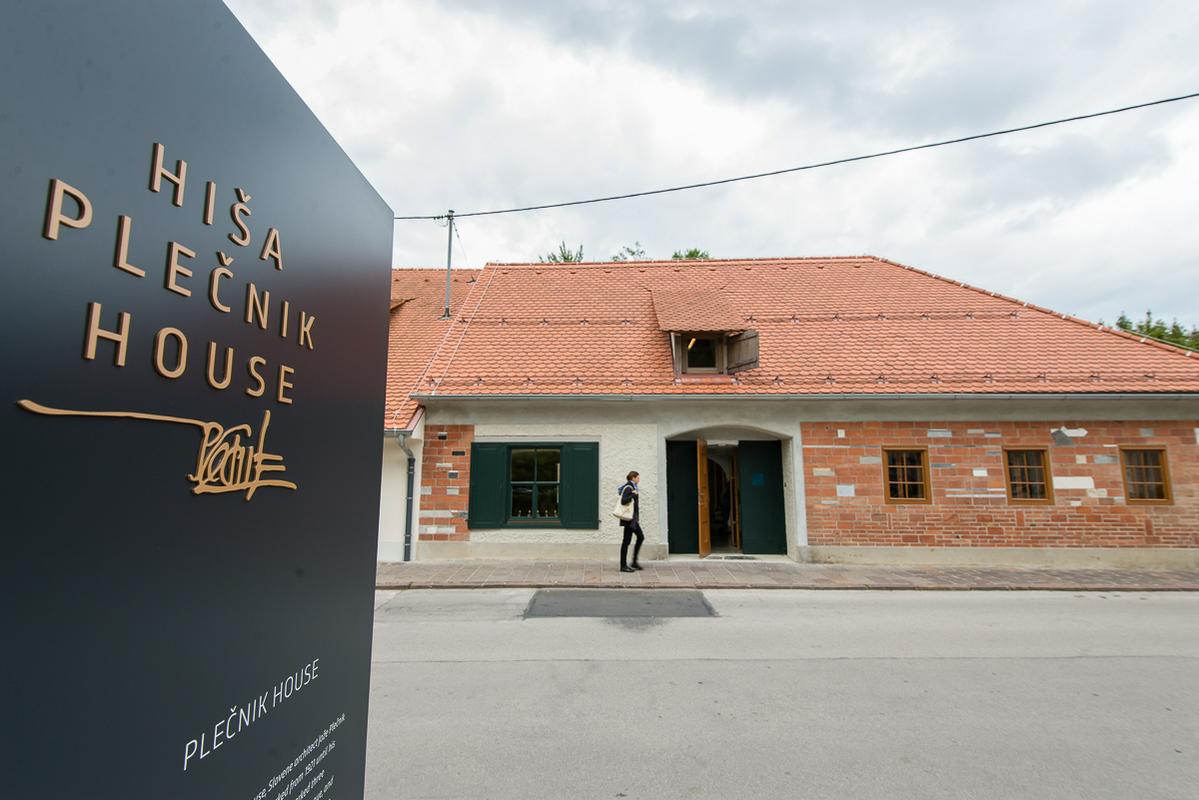
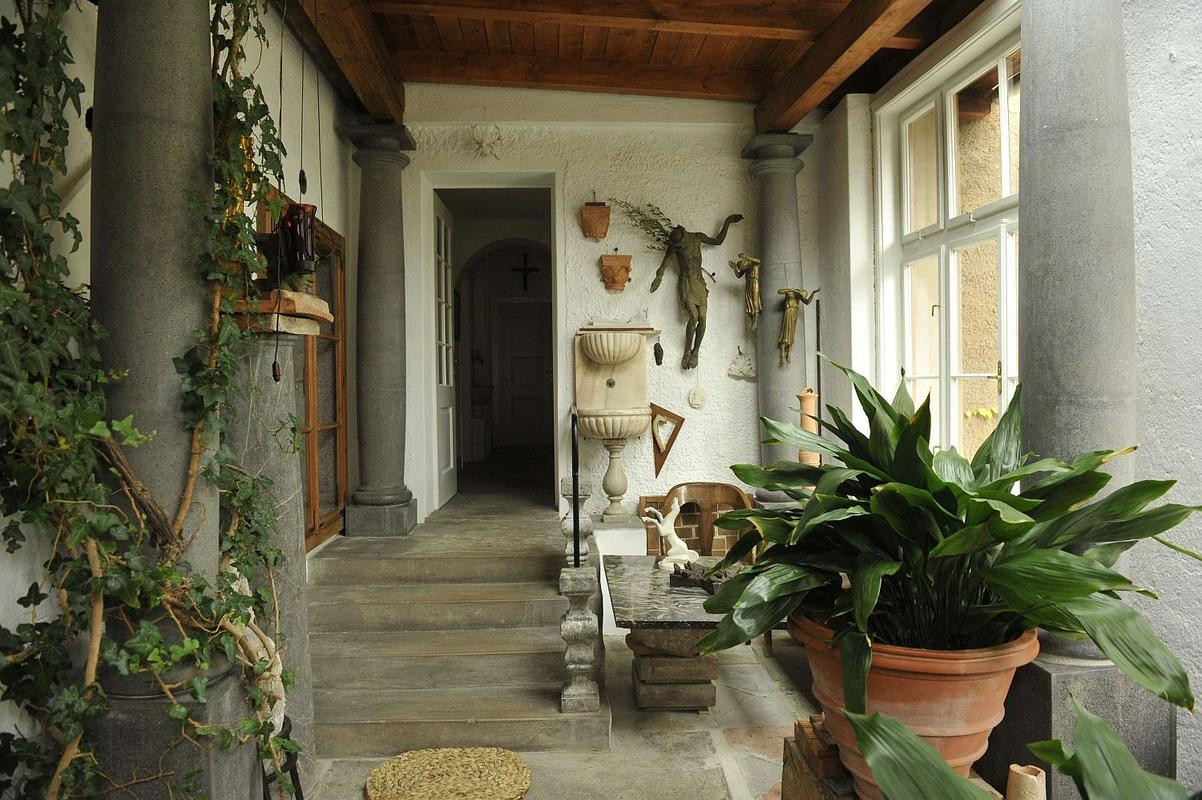
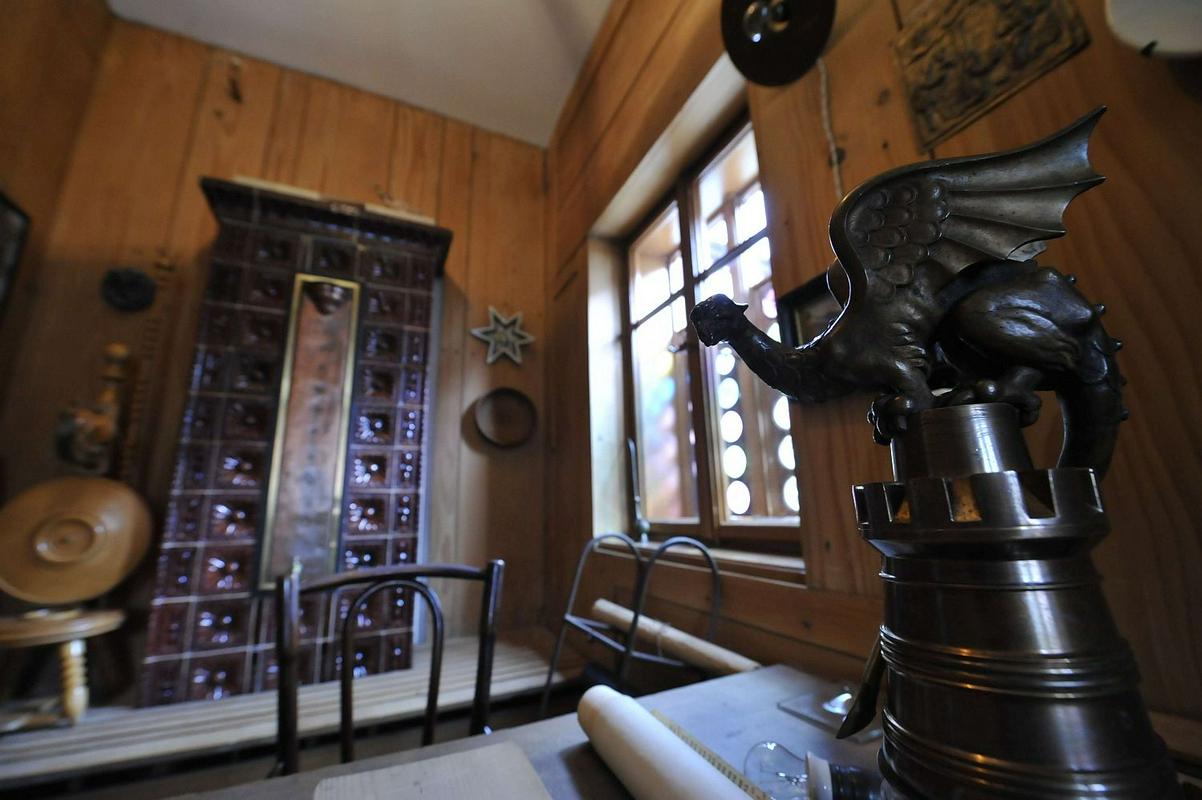
His house was a polygon where he tested different approaches to both assembling things as well as finding new materials and techniques. In their own homes, everyone should allow themselves to go beyond the conventional solutions and discover new possibilities.

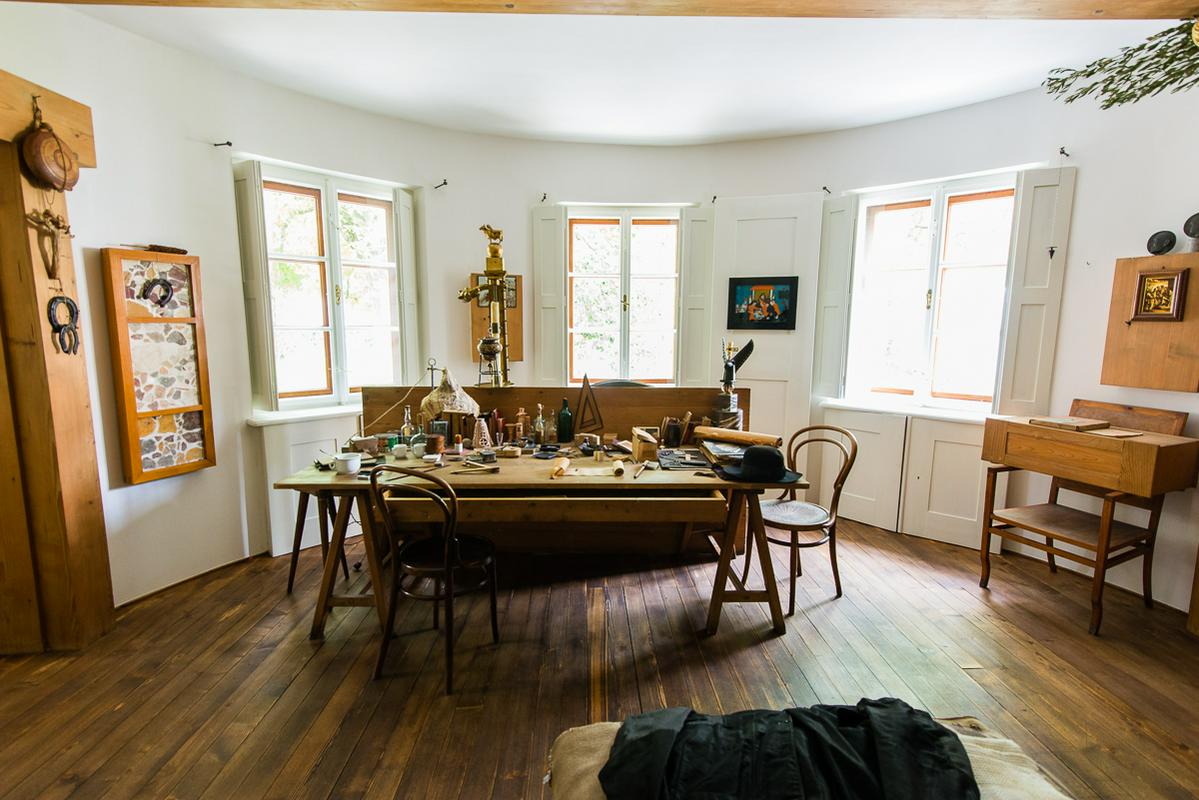
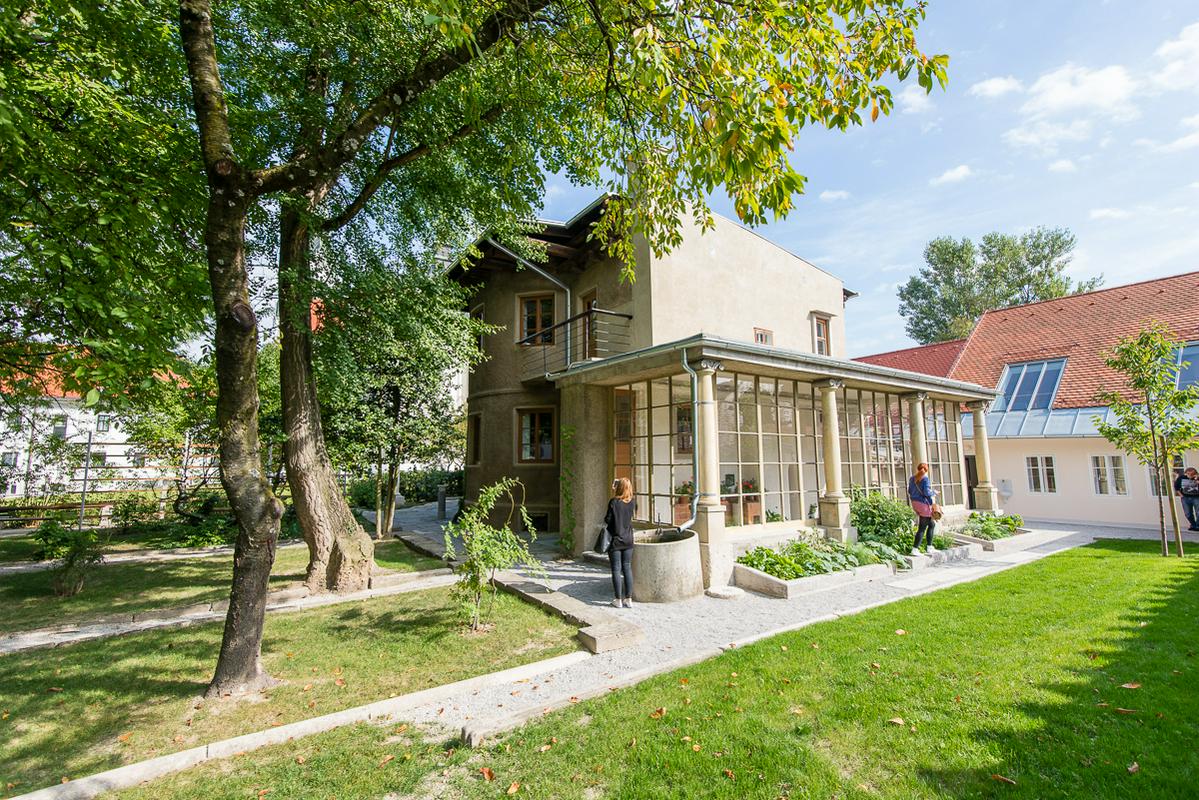
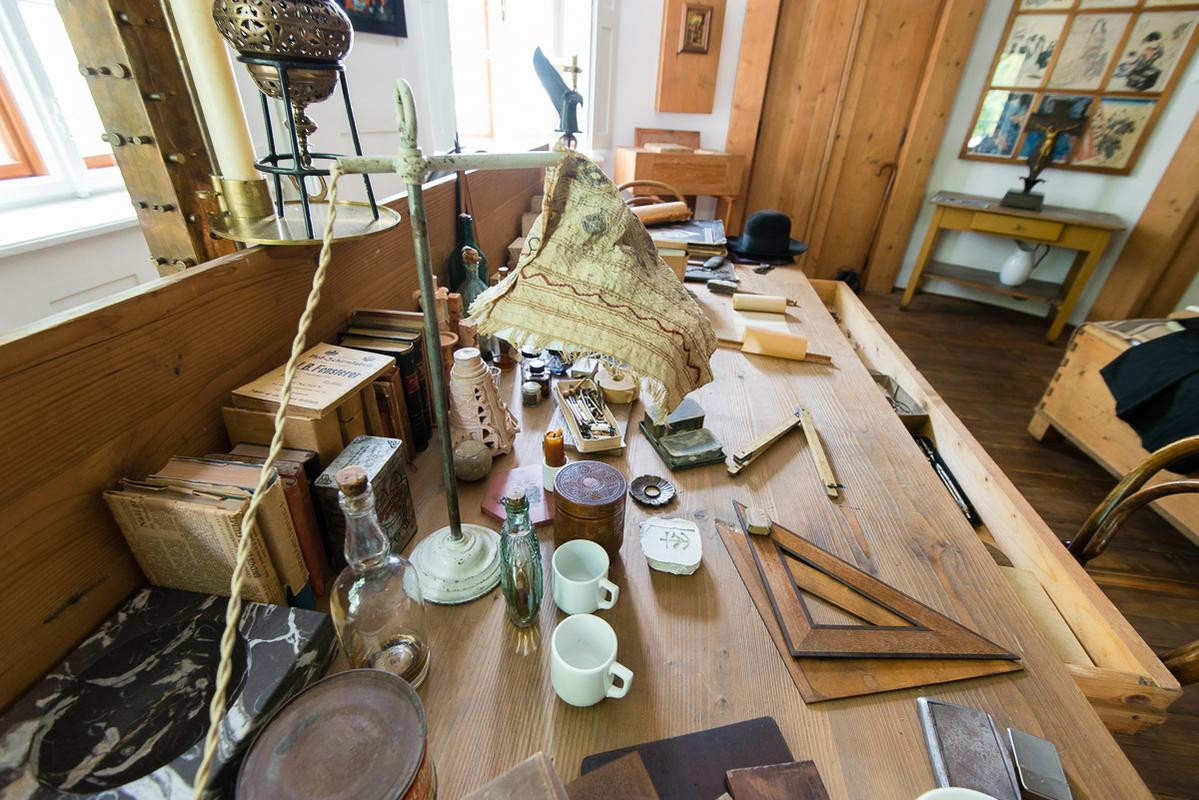
Architect Jože Plečnik lived and worked in a house located in the Trnovo district of Ljubljana from 1921 until his death in 1957. The house was opened to the public in 1974, but not in its entirety. In 2005, the Institute for the Protection of Cultural Heritage of Slovenia prepared the groundwork for declaring it a monument of national importance, together with Plečnik’s entire architectural opus. The Municipality of Ljubljana’s initiative for the complete renovation of the house in 2007 gave new impetus to take these efforts further. This led to the preparation of precise documentation for the house, recording of its existing state, and elaboration of the conservation plan. In 2010, the institution of the Museum and Galleries of Ljubljana took over the management of the Plečnik House.
The complete renovation of the complex took place from 2013 to 2015. The new facility now provides room for a permanent Plečnik exhibition, temporary exhibitions, study centre for researchers, Plečnik classroom for educational programmes and events, and a museum shop. The original ambience of the home is maintained, with many of Jože Plečnik’s personal items and pieces of equipment on display, including clay, plaster and wooden models made for various projects, as well as the architect’s personal library and drawing tools. The renovated house has a lobby, hallway, kitchen, bedroom with bathroom, small reception room, circular staircase, studio on the first floor, office and conservatory.
Teamwork
The architect Maruša Zorec was the project designer responsible for the renovation. She works for Arrea, arhitektura, d.o.o., and was chosen for her work on a similar renovation project, the castle dairy farm in Ormož, for which she received the Prešeren Fund award in 2012. Maruša joined the project in the middle of the process, with the associated research and preparations lasting for eight years, and her own work together with the implementation requiring about three.
"The planning and execution involved a large number of experts," she said, "such as my colleagues Maša Živec and Matjaž Bolčina, without whom the project would not have turned out as well as it did, since together we overcame all sorts of creative dilemmas. The conservator Irena Vesel was also very important, as she overlooked the planning and implementation with great devotion, and the work of the Municipality of Ljubljana (MOL) representative Jerneja Batič was invaluable, as she stood by our side and coordinated the project with MOL’s vision of how the house would someday come to life. The representatives of the museum, who helped create conditions for the realisation of proposals, were also involved in the process from the beginning. A very important role was given to the experts from the restoration centre, especially to Mateja Kavčič, with whom we collaborated very well with regard to identifying and finding materials, processing them and both renewing and integrating certain structures into the house, so that it has an authentic and unified image."
The project dealt with the house at various different levels – from the organizational design, and thus placement of different programs and their integration inside the house, to the architectural design of rooms, use of daylight, set-up of the exhibition, and so on.
Along with the domestic and international awards that the Plečnik House has received since its renovation in autumn 2015 (the Plečnik Medal 2016 for architecture, Stele Award for conservation, Valvasor Award 2015 for unique achievements in the field of museology, and the international Piranesi Award 2016), its nomination for the EMYA 2017 award is yet another of the honours which place it among the best European museums.
An international award for this demanding renovation project
In their work, the architects faced the question of how much they should interfere with the original architecture in order to meet the modern requirements and conditions of the profession (in terms of issues such as static rehabilitation, renewing certain installations, fire safety, and the like). It is important that in such cases one intervenes only when truly needed. As Zorec explained, the rooms designed and inhabited by Plečnik offered an insight into the intimacy of the architect’s home, a feeling completely different to that gained from his monumental works. These rooms remained much as they were, as the restoration focused mostly on the other parts of the house, where the supplementary programs of the museum now take place. Their greatest challenges were how to arrange the entrance to make it more lively, how to enable the operation of a modern museum within the old shell of the building, and how to design all the interventions so they would not come too close nor too far from Plečnik’s style.
One solution that the Arrea architects are especially proud of is the arrangement of the central area that brings together the entire contents of the museum. They also point to a door they found, cleaned, installed and presented as a possible Plečnik intervention, which now masks the original entrance with an extremely beautiful wooden doorframe.
The sensitivity of the architectural interventions made to this building of historical value was also recognized by an international jury, which traditionally consists of lecturers at the annual Piran Days of Architecture, and which awarded the Arrea team the Piranesi International Architectural Award for the renovation of Plečnik House. The jury noted how the building's development over time was highlighted by means of small interventions, as well as to the quality of each detail and the ability of the team to design both existing and new elements. Upon receiving the award, Maruša Zorec said she was very happy about the prize since it meant that the jury members and her peers recognised what they wanted to achieve with the project. She added, "Architects do not explain their work with words, since the work speaks for itself and each individual can recognize different thoughts, relationships, contacts, atmospheres, and so on in it."
In 2017, Ljubljana entered into the first year of a decade dedicated to Jože Plečnik, whose masterpieces have helped to characterise the urban environments of Ljubljana, Vienna and Prague. During the complex renovation process, the architects had the opportunity to get to know and "feel" this great master better.
"Plečnik experimented with materials and architectural elements in an interesting way," Zorec said. "His house was a polygon where he tested different approaches to both assembling things as well as finding new materials and techniques. In their own homes, everyone should allow themselves to go beyond the conventional solutions and discover new possibilities."
Danila Golob, Sinfo
His house was a polygon where he tested different approaches to both assembling things as well as finding new materials and techniques. In their own homes, everyone should allow themselves to go beyond the conventional solutions and discover new possibilities.






























































